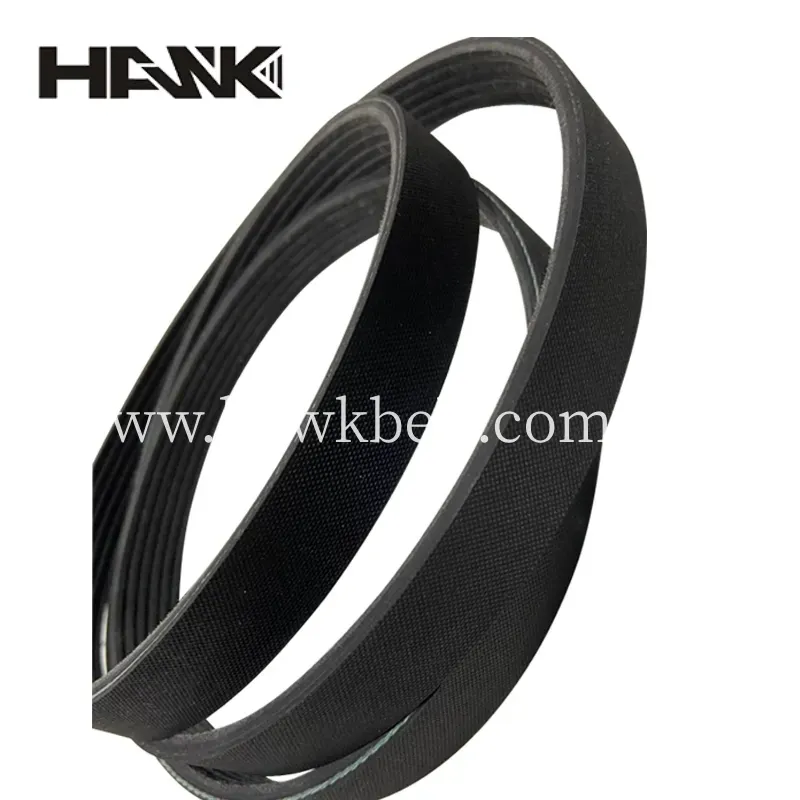- Arabic
- French
- Russian
- Spanish
- Portuguese
- Turkish
- Armenian
- English
- Albanian
- Amharic
- Azerbaijani
- Basque
- Belarusian
- Bengali
- Bosnian
- Bulgarian
- Catalan
- Cebuano
- Corsican
- Croatian
- Czech
- Danish
- Dutch
- Afrikaans
- Esperanto
- Estonian
- Finnish
- Frisian
- Galician
- Georgian
- German
- Greek
- Gujarati
- Haitian Creole
- hausa
- hawaiian
- Hebrew
- Hindi
- Miao
- Hungarian
- Icelandic
- igbo
- Indonesian
- irish
- Italian
- Japanese
- Javanese
- Kannada
- kazakh
- Khmer
- Rwandese
- Korean
- Kurdish
- Kyrgyz
- Lao
- Latin
- Latvian
- Lithuanian
- Luxembourgish
- Macedonian
- Malgashi
- Malay
- Malayalam
- Maltese
- Maori
- Marathi
- Mongolian
- Myanmar
- Nepali
- Norwegian
- Norwegian
- Occitan
- Pashto
- Persian
- Polish
- Punjabi
- Romanian
- Samoan
- Scottish Gaelic
- Serbian
- Sesotho
- Shona
- Sindhi
- Sinhala
- Slovak
- Slovenian
- Somali
- Sundanese
- Swahili
- Swedish
- Tagalog
- Tajik
- Tamil
- Tatar
- Telugu
- Thai
- Turkmen
- Ukrainian
- Urdu
- Uighur
- Uzbek
- Vietnamese
- Welsh
- Bantu
- Yiddish
- Yoruba
- Zulu
Nov . 29, 2024 18:54 Back to list
Understanding V-Ribbed Belts and Their Applications in Automotive Technology
Understanding V-Ribbed Belts Function, Importance, and Maintenance
V-ribbed belts, also known as serpentine belts, are critical components in many automotive systems, playing a vital role in the operation of various engine accessories. Understanding their function and maintenance can significantly improve the performance and longevity of a vehicle.
What is a V-Ribbed Belt?
A V-ribbed belt is a flat belt that features longitudinal ribs on its inner surface. These ribs increase the belt's surface area and improve its grip on pulleys, enabling it to transmit power effectively. Unlike traditional V-belts, which rely solely on friction to grip the pulleys, V-ribbed belts use a combination of friction and increased surface contact due to their design. This results in better power transmission, reduced slippage, and improved efficiency.
Applications of V-Ribbed Belts
V-ribbed belts are commonly found in automotive engines where they drive various components, including
1. Alternators The alternator generates electrical power for the vehicle, charging the battery and powering electrical accessories when the engine is running. 2. Water Pumps This component is essential for circulating coolant through the engine to maintain optimal temperatures and prevent overheating.
3. Power Steering Pumps These pumps assist in steering the vehicle, making it easier to maneuver.
4. Air Conditioning Compressors The compressor is crucial for generating cool air in the cabin, enhancing passenger comfort.
5. Crankshaft The belt also connects to the crankshaft, which is the engine's driving force.
Advantages of V-Ribbed Belts
The use of V-ribbed belts offers several advantages over traditional V-belts
ribbed belt\/v-ribbed belt

- Efficient Power Transfer With their ribbed design, V-ribbed belts can transmit power more efficiently and can handle higher loads and speeds.
- Compact Design V-ribbed belts require less space than multiple individual V-belts, allowing for a more compact engine design.
- Reduced Noise and Vibration The smooth and consistent contact of the ribs with pulleys minimizes noise and vibration, contributing to a quieter ride.
- Longer Lifespan The construction materials used in contemporary V-ribbed belts often include synthetic compounds that resist cracking and wear, leading to a longer operational life.
Maintenance and Replacement
Maintaining V-ribbed belts is crucial for ensuring the optimal performance of the engine and its accessories. Here are some maintenance tips
1. Visual Inspections Regularly inspect the belt for signs of wear, such as cracks, fraying, or glazing. A worn belt can slip or break, leading to engine failure or overheating.
2. Tension Checks Proper tension is vital for belt performance. Too loose, and it may slip; too tight, and it could cause premature wear on the bearings of driven components.
3. Replacement Timing Generally, V-ribbed belts should be replaced every 60,000 to 100,000 miles, but this can vary depending on the vehicle and driving conditions. Always refer to the manufacturer’s guidelines.
4. Professional Assistance If you notice issues such as squeaking noises or loss of power in accessories, it’s advisable to seek professional help. A mechanic can provide accurate diagnostics and determine if the belt needs replacement.
Conclusion
V-ribbed belts are integral to the functionality of vehicle engines, influencing the performance of essential components like the alternator and water pump. Understanding their importance, advantages, and maintenance requirements can help vehicle owners take proactive steps in car care. Regular inspections and timely replacements of V-ribbed belts can lead to a smoother and more efficient driving experience, contributing to the overall longevity and reliability of the vehicle. By prioritizing the maintenance of these belts, drivers can ensure their vehicles run optimally, reducing the risk of breakdowns and costly repairs.
-
Reliable Diesel Engine Belts & Tensioners for Optimal Performance
NewsAug.07,2025
-
23100-KVB-901 Drive Belt for Honda VARIO | OEM Performance
NewsAug.06,2025
-
Variable Belt Drive AI Optimized for Efficiency
NewsAug.05,2025
-
High-Quality Tensioner Belt Pulley - Durable & Efficient
NewsAug.03,2025
-
Premium Timing Belt Factory | AI-Optimized Solutions
NewsAug.02,2025
-
Heat Joining Drive Belt | High-Durability Fusion Solution
NewsJul.31,2025

